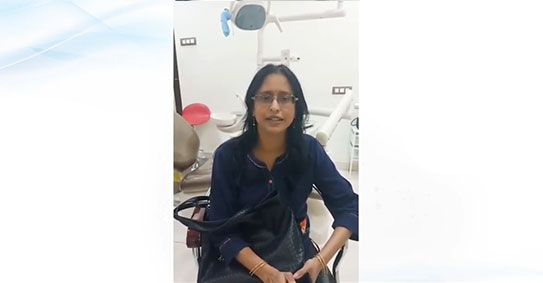Wisdom teeth are the last pair of molars that most people develop in their late teens or early twenties. When healthy and accurately positioned, these teeth can be a valuable addition to the mouth; however, they are frequently misaligned and necessitate removal.
What is a Wisdom Tooth?
When and why is a Wisdom Tooth Removed?
Wisdom teeth may be positioned horizontally, tilted toward or away from the second molars, or slanted inward or outward when they are misplaced. If not properly aligned, they can harm neighbouring teeth, the jawbone, and nerves.
Wisdom teeth can also be impacted; that is, trapped in soft tissue and the jawbone. When wisdom teeth are not able to erupt properly, germs can enter the area around the tooth and produce an infection, resulting in discomfort, jaw rigidity, and overall illness. Because of their difficult-to-reach location and awkward orientation and partial eruption, these wisdom teeth are therefore more prone to dental decay and gum disease.
Also, because of the pressure exerted by the locked wisdom tooth, the adjacent tooth ,i.e., the 2nd molar(which has functional use) root can resorb.
All the above reasons necessitate the removal of wisdom teeth.
Are you a Candidate for Wisdom Tooth Removal?
If you are experiencing the following symptoms, it is possible that you might need a wisdom tooth removal;
- Pain and swelling at the last tooth area, molar region
- Difficulty in mouth opening
- Pain radiating to the ear, throat and neck area, from the tooth region
- At times, the swelling can be seen outside as cheek swelling
Why Sekhar’s Dental for Wisdom Tooth Removal?
- 3-Dimensional evaluation of impacted wisdom tooth with the help of in house CBCT dental scan.
- Inhouse Dental CT scan for accuracy
- Inhouse dental lab for faster results
- Effective sterilisation protocol
- Advanced equipment to perform surgery
- Minimal post-surgery discomfort
- Low Pain
- Faster recovery.







